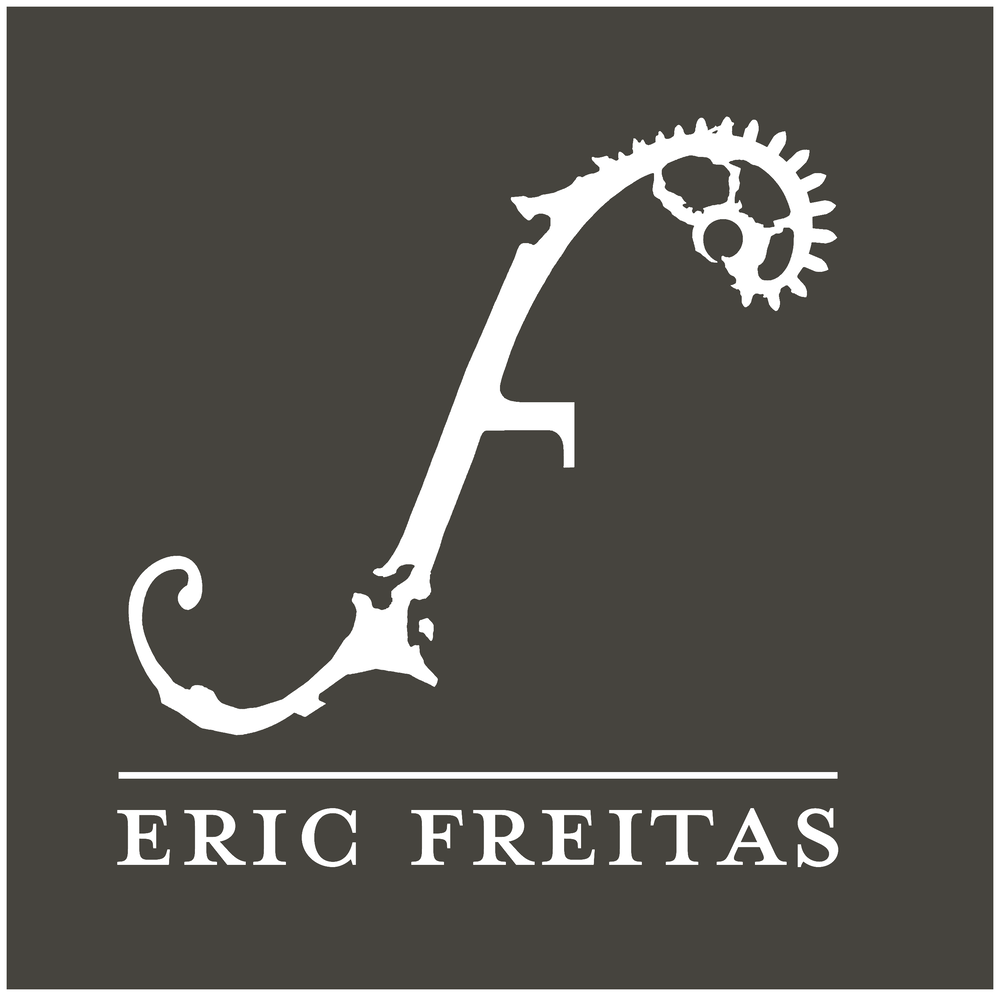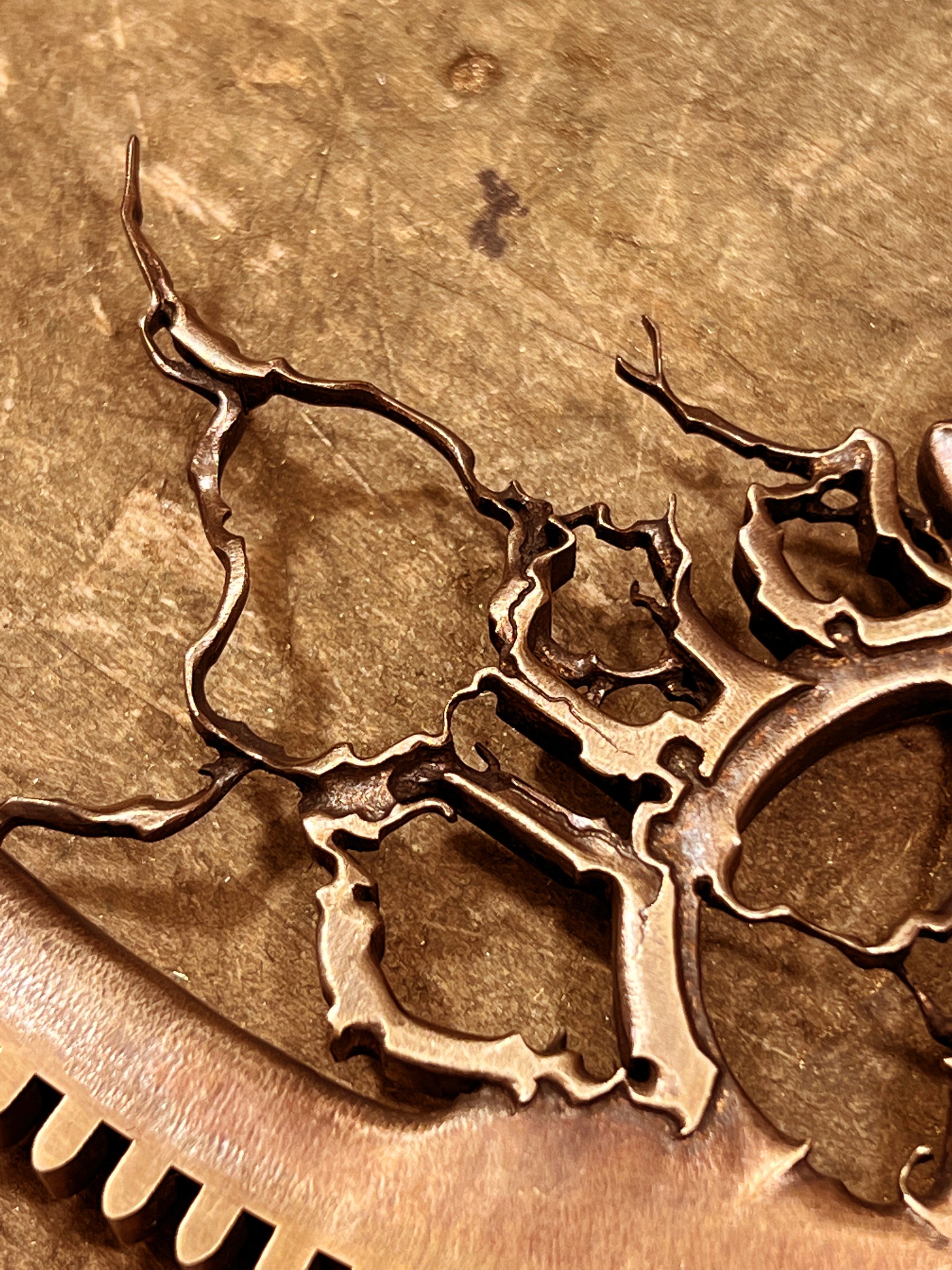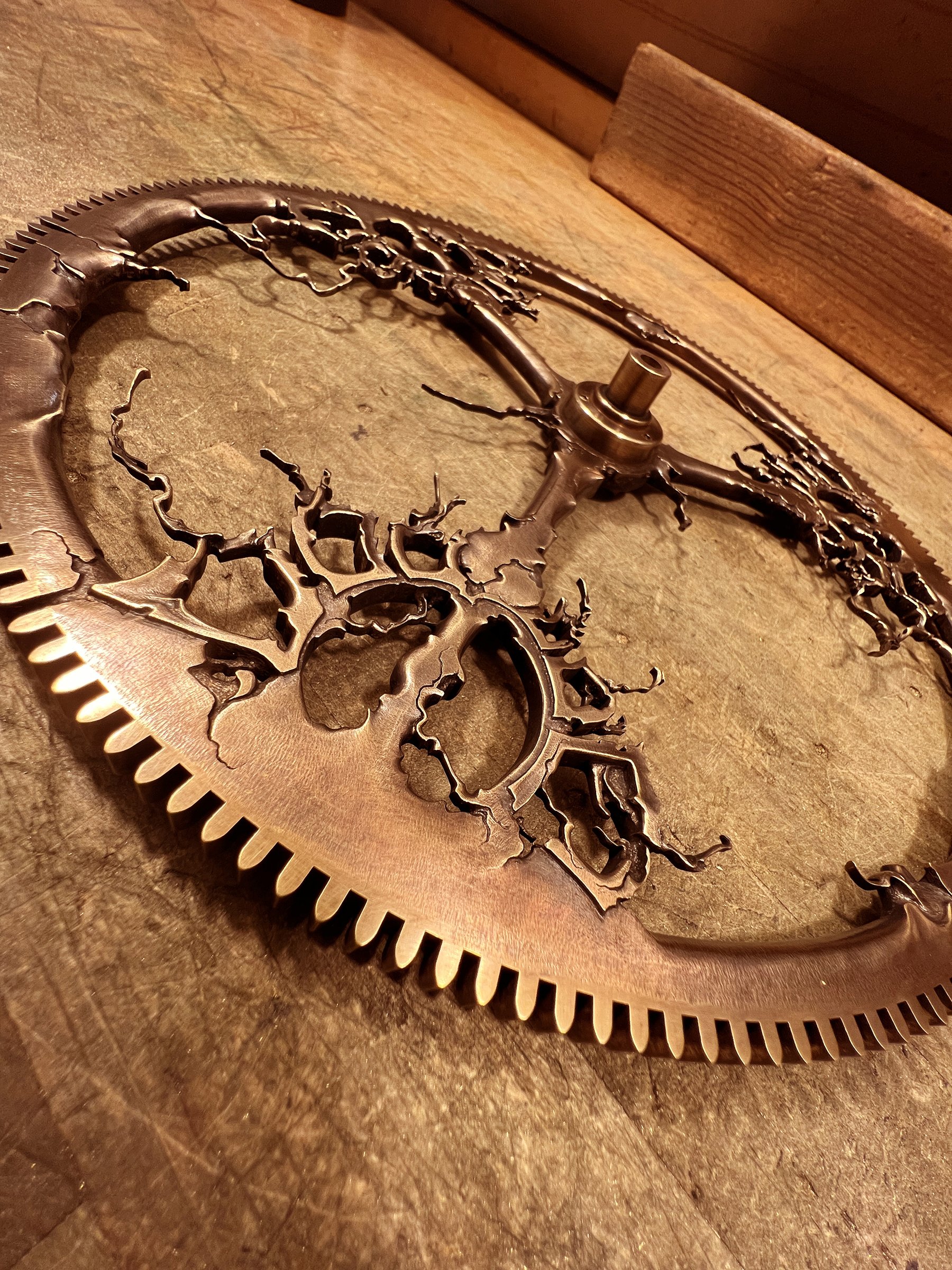Not long after the start of the new year I got to work finalizing the design and drawings for my newest endeavor. A six-foot-wide wall-hung clock, complete with a perpetual triple-date mechanism and a shadow moon-phase display.
The word “perpetual” means that it will keep track of the date and automatically account for the number of days in each month, including leap year. The term “triple-date” is because it displays the day, date, and month. And “shadow-moon”…well, I’m not sure that’s even the technical horological term, but I’m calling it that because rather than the moon moving through a window to show the phase, the moon stays stationary, and a shadow will move in front of it to show the phase.
Fun fact, normally the shadow would travel counter-clockwise, because that’s how the shadow appears to move across the moon if you’re viewing it from the northern hemisphere. However this clock is for a client in Perth Australia, and they actually see the shadow move in the opposite direction. So for that reason I’ll be reversing the gearing so that the shadow moves clockwise across the face of the moon.
One thing of note, mechanically speaking. The placement of the moon is particularly challenging. The shadow will need to sweep through an area that normally has all of the arbors for the cantilevered perpetual mechanism. There’s also a set of gears for the drag-fan of the great lever that usually go where the shadow now has to be. There will be some bridges, unique looking gears, and general mechanical gymnastics necessary to pull of this display.
Good thing I like a challenge. This piece will be well worth the extra work!
Here are is the drawing for the new project. There are two versions - One with hands and one without. I always draw the final without hands so I can clearly see everything that needs to be cut out.
All of the progress for this piece will be posted here. More sparsely at first, since I’m still handling the filming and shipping of my last project. Eventually posts will be once a week.
Hope you’ll follow along.
Thank you & enjoy the creation of “PERTH” !!!






















































